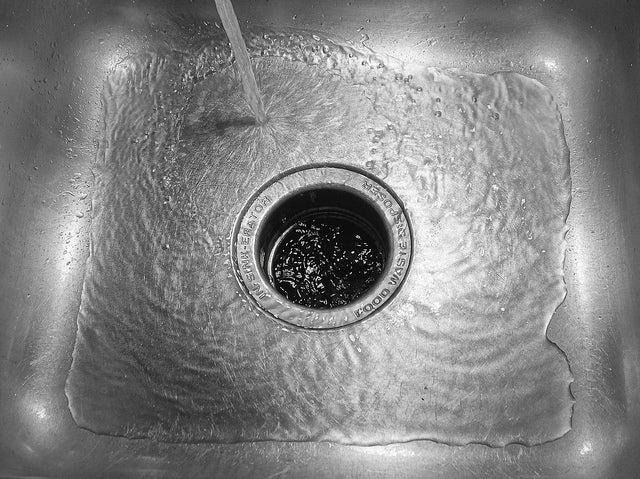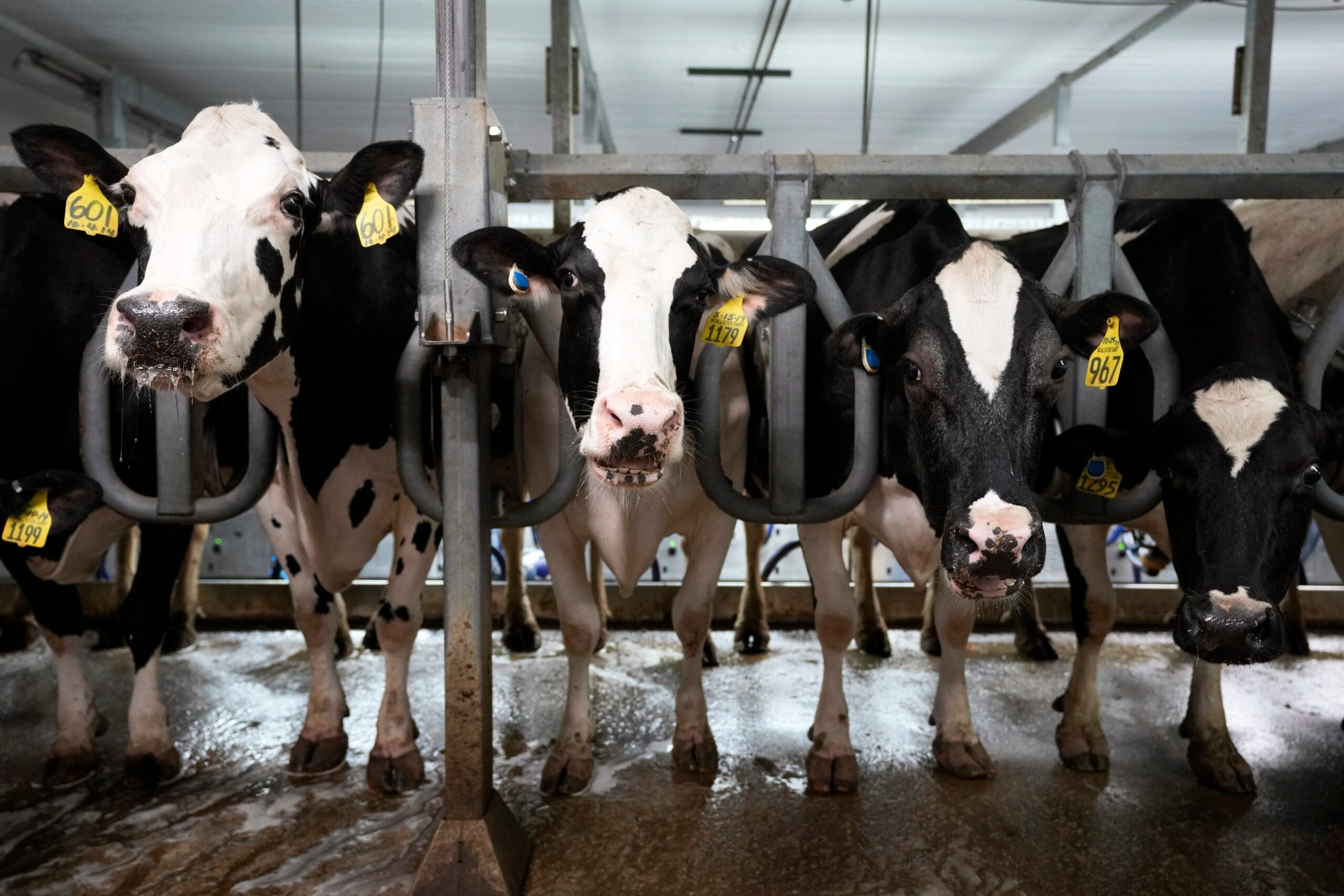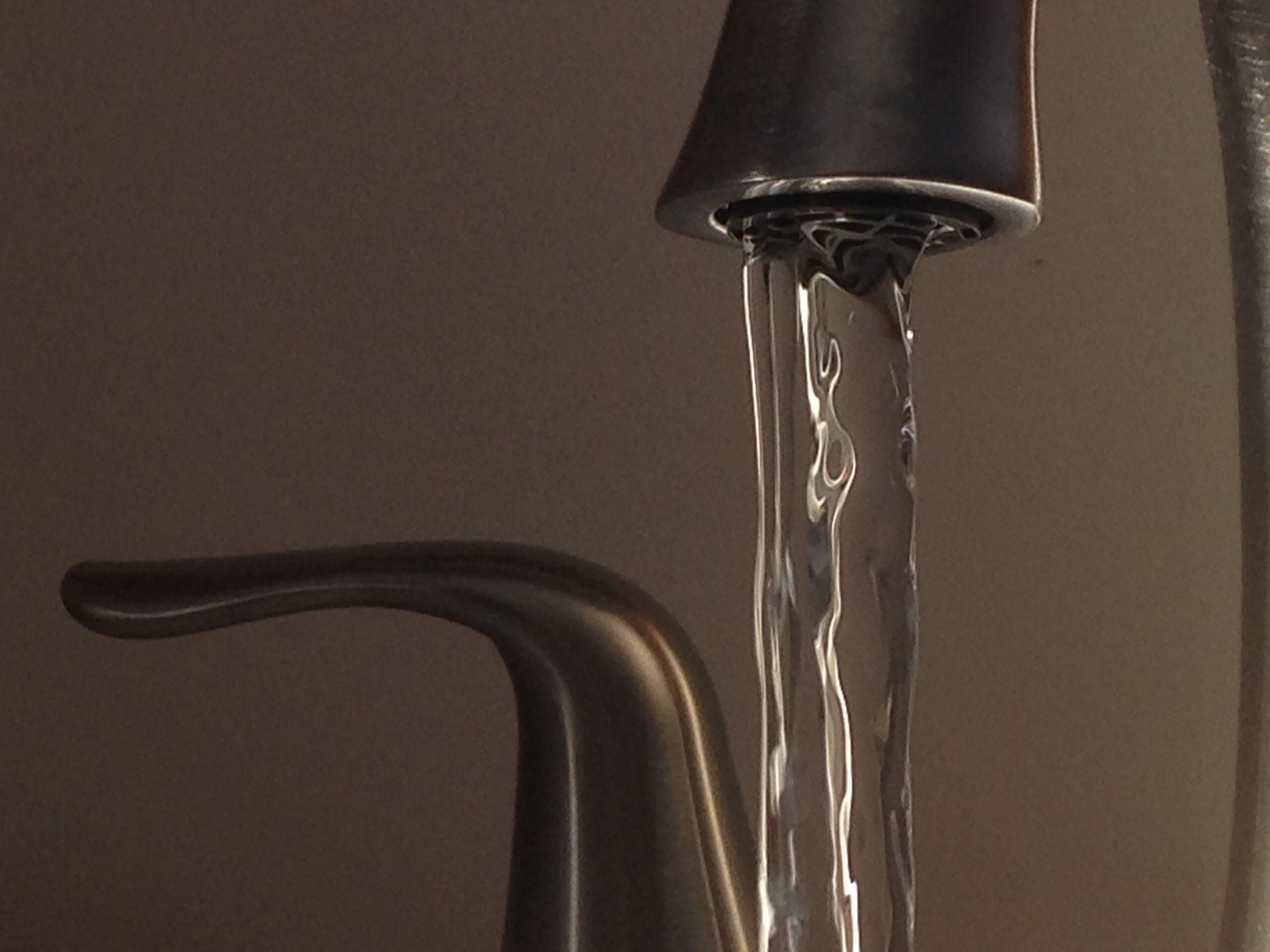Researchers have completed the fourth and final round of private well sampling to determine sources of fecal contamination in wells that were previously flagged for issues as part of an ongoing groundwater study in southwestern Wisconsin. The findings released Wednesday found 76 percent of all wells sampled during those rounds had fecal contamination from humans or livestock.
The results show 105 out of 138 wells sampled had signs of any contamination whether that stemmed from humans, cattle or pigs. The final sampling round showed 60 percent of 35 wells that were randomly selected in March had evidence of fecal matter from humans and livestock, said Mark Borchardt, a U.S. Department of Agriculture microbiologist who is among researchers conducting the study.
“This doesn’t mean 60 percent of the wells in these three counties have fecal contamination. It’s 60 percent of the wells that we had some early evidence there might be issues,” said Borchardt.
News with a little more humanity
WPR’s “Wisconsin Today” newsletter keeps you connected to the state you love without feeling overwhelmed. No paywall. No agenda. No corporate filter.
The release of the findings was delayed due to difficulties conducting lab work during the COVID-19 pandemic, he said.
All wells sampled during the four rounds had already showed evidence of excess nitrate or coliform bacteria, which is an indicator that other harmful fecal bacteria like E. coli might be present. But roughly one-quarter showed no signs of fecal contamination, said fellow researcher Ken Bradbury, director and state geologist with the Wisconsin Geological and Natural History Survey.
“That could be because things change with time or because some of them fell into this group because they had high nitrate but not bacteria,” said Bradbury.
Bradbury added he was surprised that a higher percentage had human-related pathogens, with 46 percent of the 138 wells showing contamination from human fecal matter. Signs of fecal contamination from cattle were seen in 24 percent of the wells while fecal matter from pigs was present in 9 percent of wells sampled during the four rounds.
“We’re not quite sure why yet, but that’s one of the things we’re going to be looking at is trying to explain that,” said Bradbury.
The results also show nearly half the wells, or 47 percent, of those sampled during the four rounds contained pathogens that can make people sick.
In the final round, there were 17 out of 35 wells that showed signs of pathogens like rotavirus, giardia, and salmonella. The most common pathogen identified was cryptosporidium, which was found in 16 samples.
Iowa, Grant and Lafayette counties funded the Southwest Wisconsin Groundwater and Geology (SWIGG) study in late 2018 after growing concerns of groundwater contamination across the state. About 44 percent of residents in the three counties get their water from private wells.
Roughly 30 percent of people statewide rely on private wells for drinking water, according to the state Department of Natural Resources. Around 10 percent of private wells sampled in Wisconsin exceed safe levels of nitrate in groundwater — about 90 percent of which stems from agriculture.
The first phase of the study began in November 2018 with random sampling of wells for contamination. The results showed 42 percent of 301 wells exceeded standards for nitrate or coliform bacteria. A second round of testing in April last year showed 27 percent of another 539 wells had unsafe levels of the bacteria and nitrate.
Last spring, researchers kicked off the second phase of the study with the first of four rounds of sampling to identify sources of fecal matter in wells that were flagged for contamination.
Researchers will now be identifying risk factors for well water contamination in the next phase of the study. Similar research of private wells in Kewaunee County showed nitrate contamination was related to their proximity to farm fields, Borchardt said.
The findings prompted the DNR to create manure spreading restrictions for 15 counties in northeastern Wisconsin that are susceptible to contamination due to manure runoff and the region’s fractured bedrock.
“Whether we find that in southwest Wisconsin, we don’t know,” said Borchardt. “But that’s the sort of thing that we’re working on now.”
Bradbury noted southwestern Wisconsin’s geology shares similarities with northeastern Wisconsin because the rocks are largely dolomite although the geology of the region is more complex. Yet, all rock formations there have fractures along with karst features like sinkholes that make groundwater vulnerable to contamination.
Researchers are collecting information on the density and number of septic systems near a well, as well as the age and depth of wells. Borchardt said that information isn’t always readily available as two of the three counties haven’t mapped the location of their septic systems. In addition, some well construction reports are 50 years old.
County officials hope the study’s finding will provide a path forward to improve water quality, including Katie Abbott, county conservationist for the Iowa County Land Conservation Department.
“We definitely all really want to help make sure citizens have safe drinking water, and right now, we don’t have enough information to know the best place to put our efforts to try to do that,” said Abbott. “So that’s what I’m hoping is that it’ll give us some direction on where the best place to put our time and money is to really make an improvement.”
Assembly Speaker Robin Vos, R-Rochester, formed a water quality task force last year after contamination was identified in private wells across the three counties, and Gov. Tony Evers later dubbed 2019 the “Year of Clean Drinking Water.”
A bipartisan group of lawmakers held meetings throughout last year that produced more than a dozen bills. The package included legislation that would’ve increased funding for county conservation staff to help prevent runoff into water supplies and create a grant program to help people replace or treat contaminated wells.
The package of legislation was introduced in January and most measures passed the Wisconsin Assembly with unanimous support. But, the bills died in the State Senate.
Both Republicans and Democrats in the Legislature say they expect the bills to be reintroduced in the next legislative session.
Wisconsin Public Radio, © Copyright 2026, Board of Regents of the University of Wisconsin System and Wisconsin Educational Communications Board.






